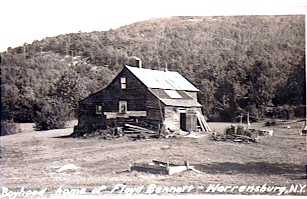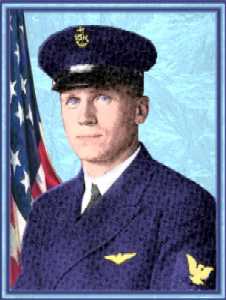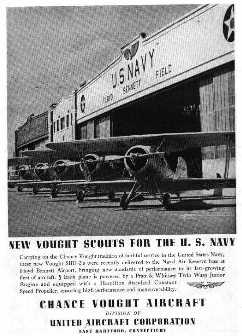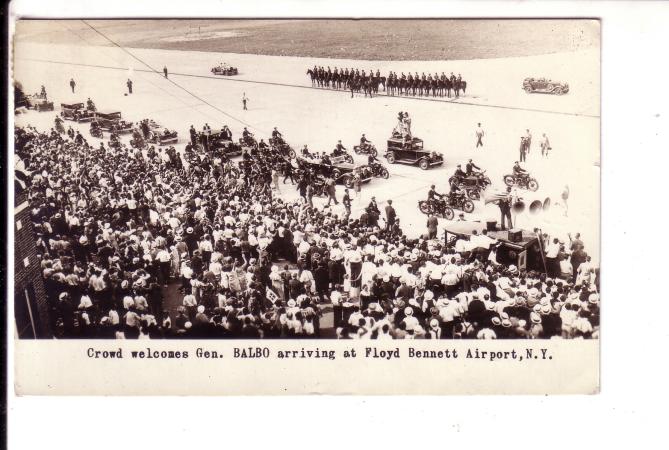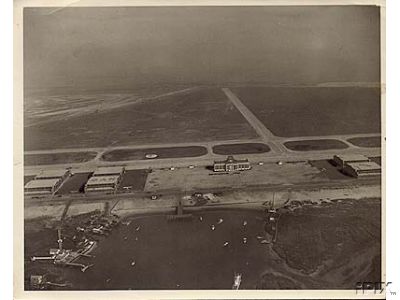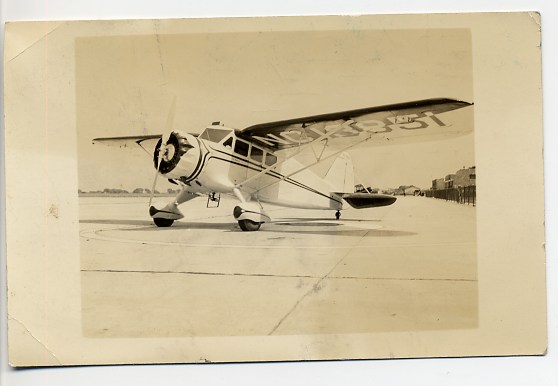
Updated: February 11, 2007

Wiley Post's Aircraft in front of the Administration Building and Old Control Tower on July 14, 1938.

A Seversky Floatplane at Floyd Bennett Field on June 29, 1933. Note the light tower in the background.

Aircraft near Hangar 6 at Floyd Bennett Field in 1938.
Sherry Sutton Photo

